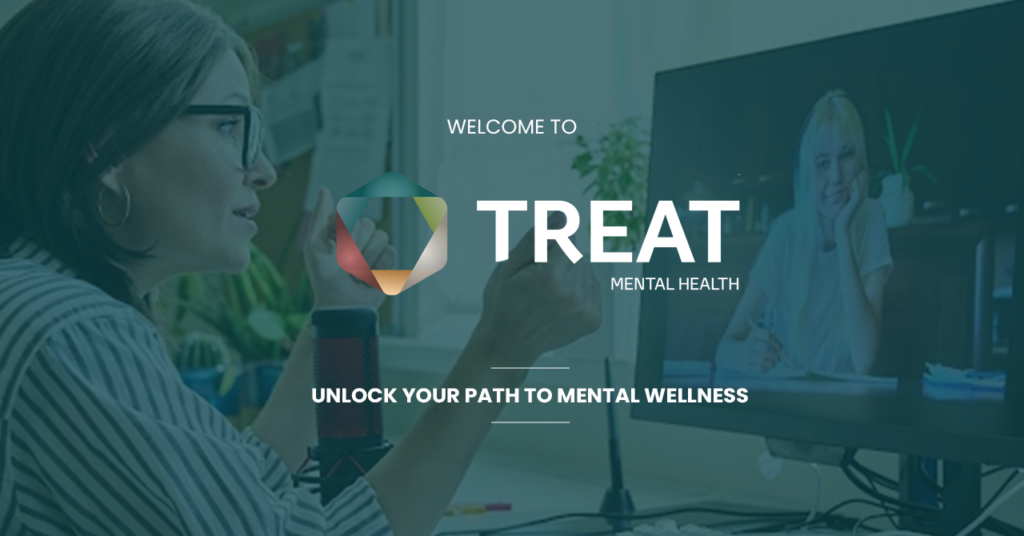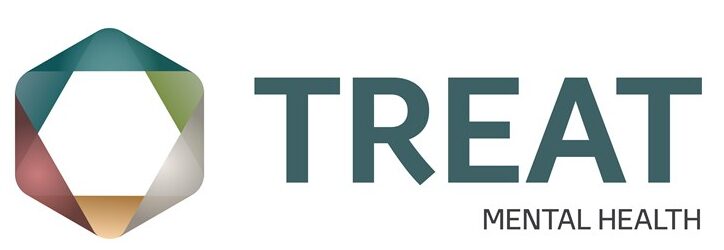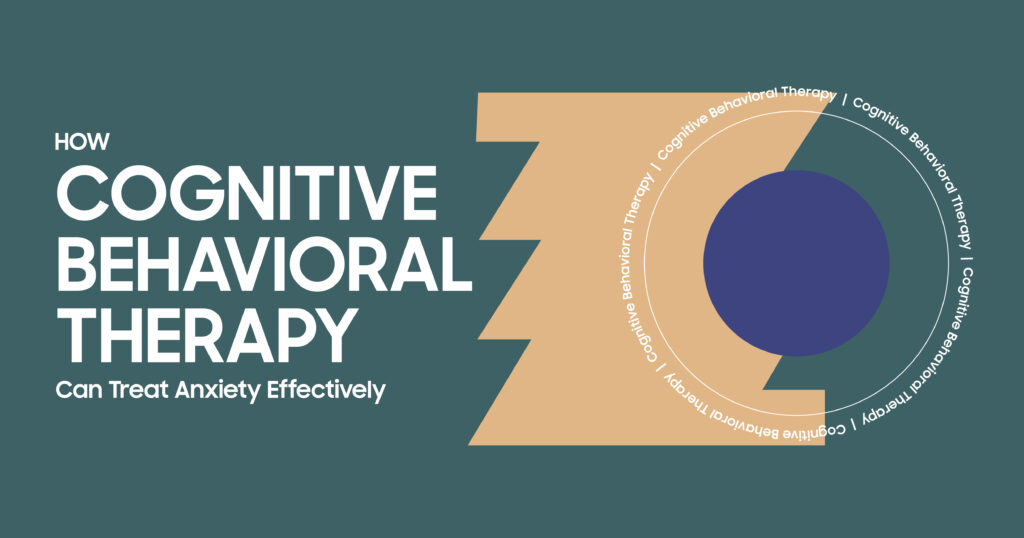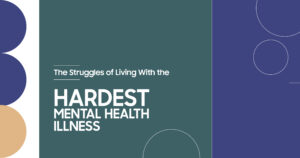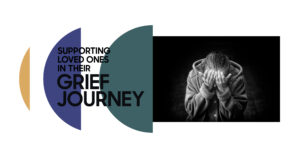Anxiety is a common experience shared by many people at some point in their lives before a public speaking engagement, due to imminent life changes, or simply because of uncertainty. But for many people, anxiety is more than that. It’s chronic and serves as a disruption to one’s quality of life. This is when anxiety becomes an illness, contaminating joy in all aspects of one’s life, work, and relationships until it affects physical health.
Anxiety and How CBT Can Help
If you or your family member has to deal with chronic anxiety, you are not the only one. Anxiety disorder is something that affects millions of people worldwide, but first and foremost, they are not alone, as effective treatments exist. Cognitive behavioral therapy (CBT) for anxiety is one of the most effective and well-researched ways to treat anxiety.
CBT teaches people with anxiety to identify their anxious thoughts, challenge the negative cycles, and spot the signs to adopt healthier coping strategies. Here is an extensive guide on how CBT techniques for anxiety work, why they work so well, and how you can begin to master your life using these principles.
What Is Cognitive Behavioral Therapy?
CBT is a structured, goal-oriented therapy that addresses the relationship between thoughts, emotions, and behaviors. In contrast to conventional talk therapy, which involves revisiting experiences, CBT helps people identify and change thought patterns in the present.
Key Principles of CBT
- Your thoughts affect your feelings, and your feelings direct your behavior.
- Recognizing and disputing negative thoughts can alter our feelings as well as behavior.
- New coping strategies give you a way out of the circle of anxiety and improve emotional agility.
CBT is one of the most famous types of behavioral therapy for anxiety in mental health, especially for anxiety disorders, and was developed and has been in use since the 1960s.
How CBT Works for Anxiety
CBT is based on the idea that the thoughts that cause anxiety are distorted and not necessarily rational. Through its activities, one can lower their anxiety by tackling such thought patterns.
Breaking the Cycle of Anxious Thoughts
Anxiety tends to follow a course:
- Trigger. The thing in a specific situation or thought of anxiety that strikes fear.
- Negativity. Your mind takes it literally.
- Emotional Response. Fear, worry, and stress activate.
- Behavioral Response. Avoidance, panic, or unhelpful reaction.
Through positive self-talk and thinking (with the help of CBT to treat anxiety), individuals learn to identify these cycles and end them by replacing negative thoughts with more balanced, realistic thoughts.
Key CBT Techniques for Anxiety
CBT is not a one-size-fits-all approach, and it involves different techniques that target specific aspects of anxiety. Here are some of the most commonly used strategies:
Cognitive Restructuring
Most anxiety patients trust the worst-case scenario. In this area, irrational thoughts need to be pinpointed and replaced with a more realistic viewpoint through cognitive restructuring.
Example:
Anxious Thought: “If I fail this test, my life is ruined.”
Rational Thought: “One test does not define my entire future. I can study and do my best.”
By practicing self-cognitive restructuring, people may eventually learn to avoid reinforcement of negative thoughts, making the process of managing anxiety with therapy lengthy and effective.
Exposure Therapy
People with anxiety tend to avoid situations that trigger feelings of anxiety, which makes fears more solid. Exposure therapy, which safely introduces individuals to what frightens them slowly over time, is used to teach them how to be resilient.
A person with social anxiety would start with small conversations, for example, and eventually expose themselves more to socialization. This technique is central to overcoming anxiety through CBT.
Mindfulness-Based CBT
Mindfulness means being present and in the moment instead of allowing anxious thoughts to take over. Combined with CBT, mindfulness helps you exercise greater control over your emotions.
Techniques such as deep breathing, meditation, and grounding exercises used in CBT help to integrate CBT for stress and anxiety throughout the day, giving you more power over your symptoms.
Behavioral Activation
Many people with anxiety avoid activities they once enjoyed. Behavioral activation encourages individuals to engage in these activities even when anxious.
For example, if anxiety has led someone to stop exercising, they may begin with short walks and gradually increase the amount of physical activity. This technique is a very effective tool in managing anxiety with therapy.
The Benefits of CBT for Anxiety
CBT is widely recognized as one of the most effective anxiety treatment options for several reasons:
- Scientifically Proven. Numerous studies confirm that cognitive behavioral therapy for anxiety is highly effective in reducing symptoms.
- Long-Term Results. Unlike medication, which only manages symptoms, CBT provides skills that last a lifetime.
- No Side Effects. Unlike anxiety medications, CBT has no physical side effects.
- Empowers Individuals. CBT teaches individuals to take control of their thoughts and behaviors rather than feeling powerless over anxiety.
For many people, the benefits of CBT for anxiety outweigh other treatment options, making it a preferred choice among mental health professionals.
CBT Vs. Other Anxiety Treatment Options
CBT Vs. Medication
- CBT. It helps rewire thought patterns for long-term relief.
- Medication. It provides temporary symptom relief but does not address underlying thought patterns.
CBT Vs. Traditional Talk Therapy
- CBT. Structured, goal-oriented, and focused on present thinking patterns.
- Talk Therapy. Often explores experiences but may not provide structured strategies.
CBT + Lifestyle Changes
CBT, coupled with a healthy lifestyle, offers the best opportunity to develop the best results. Exercise, proper sleep hygiene, and meditation can all show better results in therapies and provide better help.
How to Get Started With CBT
Finding a Therapist
You need to look for a licensed therapist whose specialization relates to anxiety and cognitive behavioral therapy. Many therapists even offer online sessions for added convenience.
Self-Help CBT Resources
Books, apps, and online courses offer guided CBT exercises for those who want to try managing anxiety with therapy on their own.
Overcoming Common Barriers
- Therapists are freaking out about it. They aren’t sure how to address the situation after the advent of short sessions.
- CBT has made a mark in the lives of many people across the globe.
- CBT, by itself, is more about exploring problems than about expressing one’s feelings.
Taking the First Step Toward Anxiety Relief
Cognitive-behavioral therapy is widely accepted as one of the most effective evidence-based methods for enabling long-term health in patients with common anxiety disorders. CBT can be offered in the clinic, and there are also materials for self-training. The power of treating anxiety with CBT therapy gives people a chance again to take control of their thoughts and emotions.
If you’re ready to begin working on your anxiety, consider seeking help from a trained therapist or researching viable, evidence-based CBT self-help materials. CBT is a practical way of working with the patient to ameliorate symptoms and improve a person’s quality of life.
If anxiety is limiting you, don’t wait any longer. Start looking for every possible way to treat anxiety. It could be a therapist or even a way to do it yourself. It all begins with those little steps. You’re on course to a calmer and more confident life, and your journey begins today.
FAQs
How long does it take for CBT to work for anxiety?
Most people start to see improvement anywhere from 6 to 12 weeks, but how quickly that happens depends on the severity of anxiety and dedication to therapy.
Can I practice CBT on my own without a therapist?
Self-help CBT books, apps, and online programs are helpful, but collaborating with a therapist often produces better results.
Is CBT better than medication for anxiety?
CBT provides long-term benefits by addressing thought patterns, while medication only manages symptoms. Some individuals benefit from a combination of both.
What types of anxiety disorders can CBT treat?
CBT gives long-term benefits by allowing one to work through cognitive patterns, which treat every cause of psychiatric disorders, while medication only manages symptoms. Some would benefit by combining both methods.
Can CBT completely cure anxiety?
CBT is efficacious for the treatment of generalized anxiety disorder (GAD), social anxiety, panic disorder, OCD, PTSD, and phobias.
